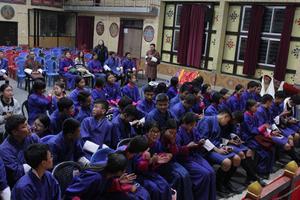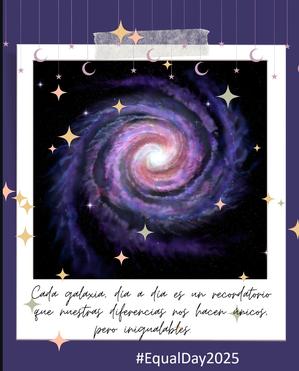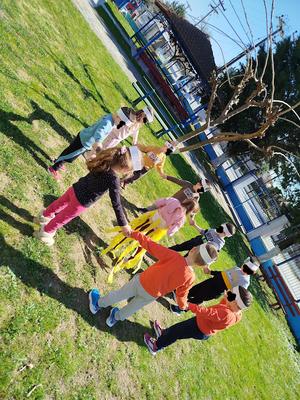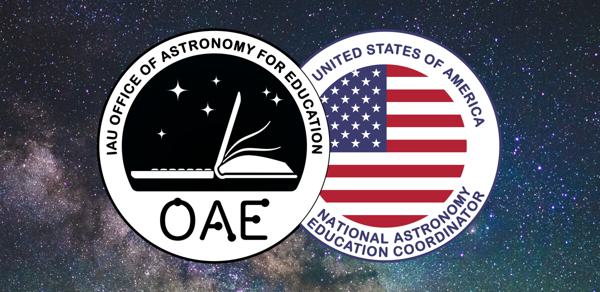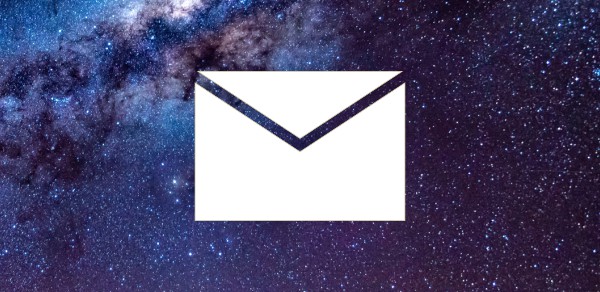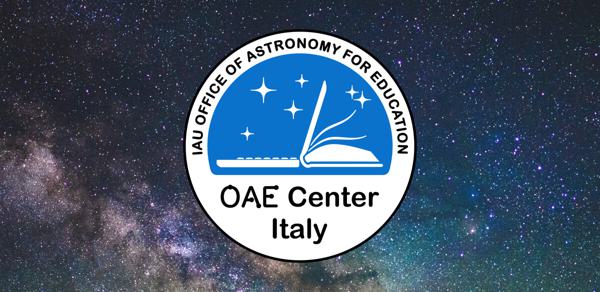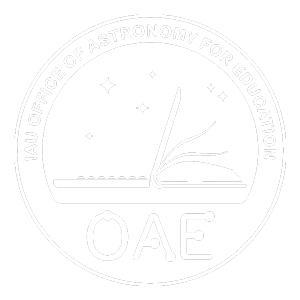Equal Day 2025: the sky as message of peace
Published: 2nd May 2025 08:00 (UTC)
On March 20th, 2025, as the Earth experienced its vernal equinox—when daylight and darkness reach perfect balance across the globe—astronomy lovers from 45 countries united for a single cause: promoting equality, peace, and empathy under one sky. This global celebration, who saw more than 140 simultaneous events was called Equal Day, an initiative launched and coordinated by the Office of Astronomy for Education (I-OAE) Center Italy, with the support of NAECs (National Astronomy Education Coordinators) and NOCs (National Outreach Coordinators) from across the world.
The initiative emphasized educational outreach, especially in schools and universities, while also engaging non-academic groups like cultural associations and NGOs. It invited everyone—from teachers and amateur astronomers to young students and activists—to embrace the sky as a canvas for equality.
A Vision That Started with a Dream.
The idea was born from the inspiring efforts of Jean-Pierre Saghbini, Lebanon’s NAEC, who envisioned a global moment of unity using astronomy as a bridge between cultures and communities. Supported by a passionate network of educators and science communicators, Equal Day aimed to turn a simple astronomical event—the equinox—into a symbol of harmony and global togetherness.
The roots of this project trace back to the first STEAM-MED summer school organized by the OAE Center Italy of the International Astronomical Union, in Lampedusa, Italy. From there, the concept blossomed into a fully international initiative during a regional Shaw-IAU MASTED meeting in Turkey, thanks to generous funding from the Shaw Prize Foundation and support from the OAE, the I-OAE and the Istanbul Kultur University. The equinox, with its natural balance of light and dark, became the perfect metaphor for the event’s mission.
A Global Success in Numbers.
This year’s Equal Day saw an extraordinary more than 140 events officially registered on the initiative’s website. From Japan to Colombia, and from South Africa to Sweden, the world responded to the call involving 45 different countries on all continents and highlighting the truly global nature of the initiative aimed at promoting equality, peace, diversity and love through astronomy. Geographical distribution shows a wide membership from Europe and Asia, but also from Africa and North America. Some events were organized in collaboration between several countries or with regional references, such as joint projects between Greece and Romania or Greece and Lithuania, a sign of the deeply cooperative dimension of the initiative. Also notable is the presence of events in complex contexts, such as Syria, Iraq and Palestine, where looking at the sky is also an act of hope. These numbers reflect not just geographic diversity but also cultural richness, as each country brought its own vision of equality and peace to the celebration.
Many events that spoke to the soul.
Equal Day encouraged participants to organize events of any size, from stargazing meetups with friends to large-scale educational sessions. Participants captured stunning images or visual artworks symbolizing peace, equality, and the universe; many students wrote “Messages of Peace”, short but powerful sentences shared in participants’ native languages, posted on social media with the tag #equalday. Presentations and online meetings were also deeply participated, fostering real-time connections between astronomy enthusiasts worldwide. “The success of Equal Day demonstrates something profound” says Stefano Sandrelli, manager of the OAE Center Italy “Astronomy transcends borders. It speaks a universal language, one that doesn’t require translation. By simply looking up at the stars, people from vastly different backgrounds found a common thread—hope, wonder, and a shared future under the same sky.” Equal Day is not just a one-off celebration. It’s a growing movement with the potential to shape the future of astronomy education and public engagement. By bringing people together across borders, promoting sustainability and empathy, and celebrating diversity through the lens of science, Equal Day showed how astronomy can be an extraordinary educational and human tool. Not only a scientific discipline, but also a way to build bridges, break down barriers and inspire new generations.
Students at Sagesse Brasilia School in Brasil shared the video “Under the same Sun” with messages of peace in French, English and Arabic, thanks to the involvement of the language departments, which helped to enrich this reflection on equality and fraternity. This moment of exchange highlighted the fact that, under the same sun, we are all equal. The school also welcomed Mr. Jean-Pierre Saghbini, National Astronomy Education Coordinator for Lebanon, who took the time to explain the significance of this event to the students.
For more information or to join the movement, visit www.equalday.org or explore the event map and social media contributions at #equalday.
Share on:
Contacts
Chiara BadiaINAF
chiara.badiaatinaf.it
Stefano Sandrelli
OAE Center Italy
Manager
stefano.sandrelliatinaf.it
